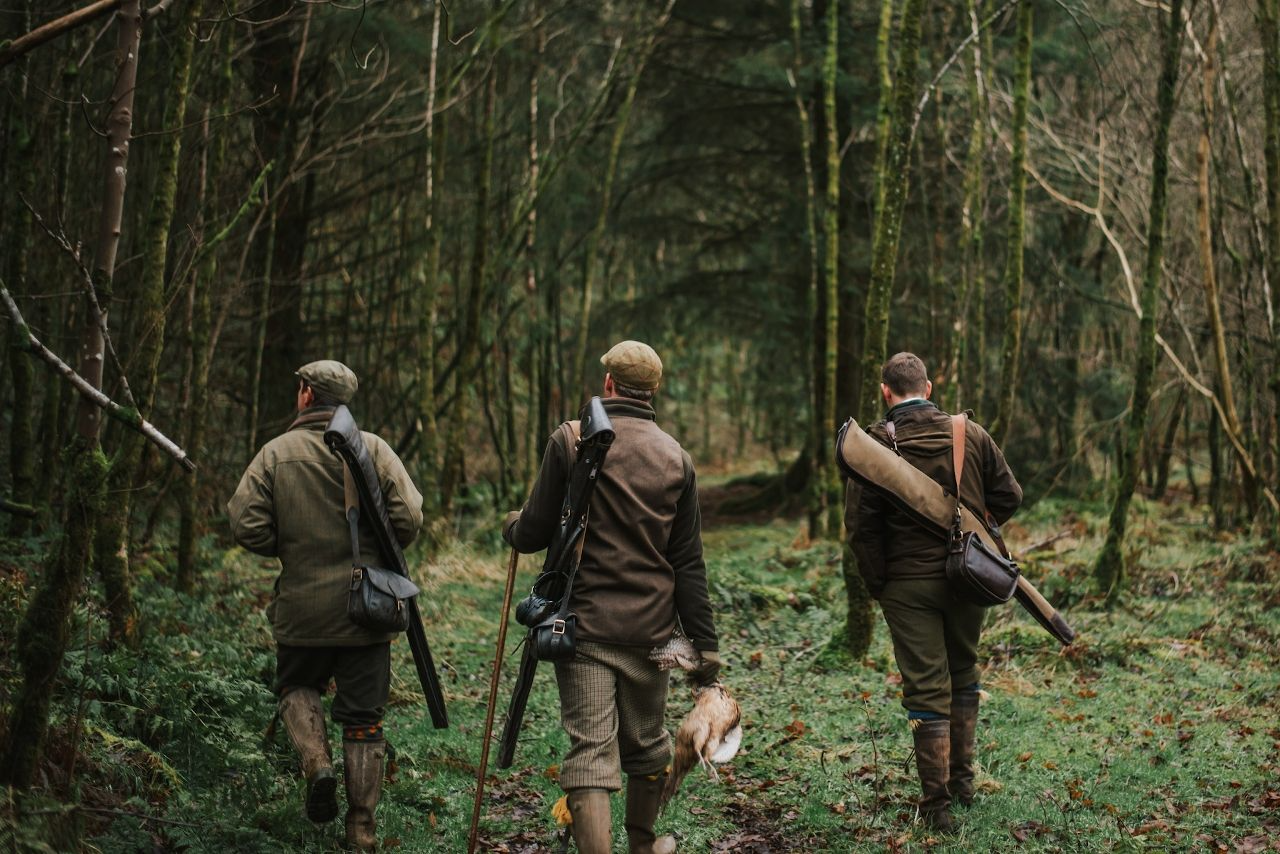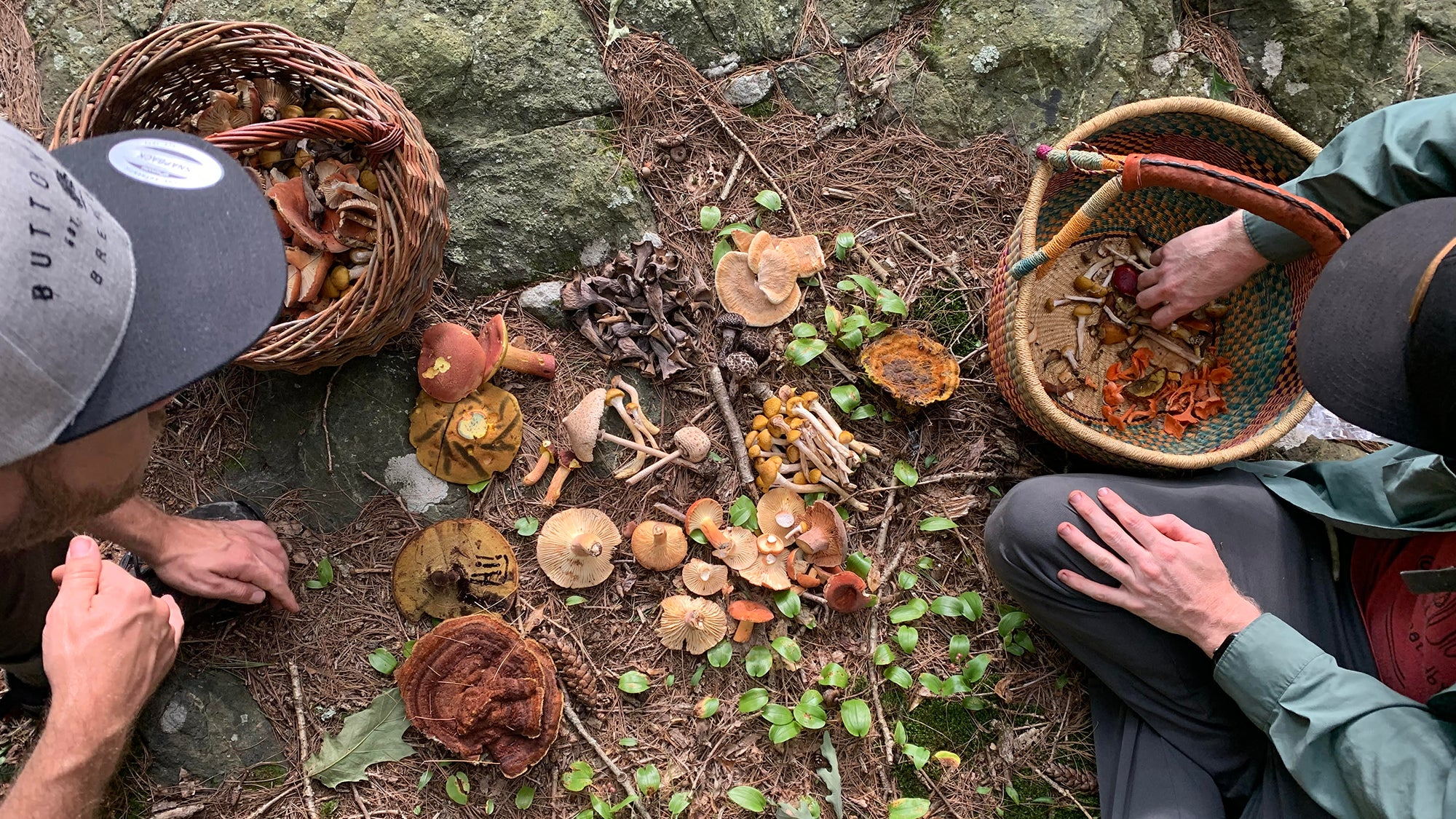Silent Movement: How to Walk in the Woods Without Being Heard?
Moving quietly through the woods is an art — one that hunters, wildlife photographers, hikers, and survivalists have practiced for centuries. Whether your goal is to observe wildlife, track game, or simply enjoy nature without disturbing it, mastering silent movement requires technique, patience, and awareness.
In this guide, we’ll break down practical steps, proven strategies, and insider tips to help you walk through the forest without making a sound.
Silent Movement: How to Walk in the Woods Without Being Heard?
1. Understand the Terrain Before You Step
The first key to moving quietly is reading the ground ahead of you.
-
Avoid dry leaves, twigs, and crunchy brush — these are the noisiest surfaces.
-
Look for natural “quiet paths” such as moss, dirt, or damp ground.
-
Scan for obstacles at least 2–3 steps ahead so you can plan your foot placement.
Pro tip: If you’re entering unfamiliar terrain, pause and take a moment to observe. The right path can make you naturally quieter.
2. Perfect the Fox Walk Technique
The fox walk is an ancient Native American stealth technique used for silent tracking.
-
Place the outside edge of your foot down first.
-
Roll inward so the ball of your foot touches the ground.
-
Lower your heel last to evenly distribute weight.
-
Keep knees slightly bent to absorb sound and movement.
This minimizes noise and lets you feel the ground before putting full weight on it — reducing the risk of snapping twigs.
3. Control Your Breathing and Movements
Even if your footsteps are quiet, loud breathing or abrupt motions can give you away.
-
Breathe slowly and deeply through your nose.
-
Keep your upper body relaxed to avoid rustling clothing.
-
Move in a slow, deliberate rhythm — no rushing.
Extra tip: Use natural pauses (like bird calls or wind gusts) to mask your movement sounds.

4. Wear Quiet Clothing and Gear
Your outfit can make or break your stealth.
-
Avoid synthetic fabrics that swish when you move.
-
Choose soft, natural fibers like wool or fleece.
-
Secure all zippers, buckles, and loose gear to prevent clinking.
For hunting or wildlife photography, camouflage patterns also help you blend into your surroundings visually.
5. Use Shadows and Natural Cover
Silent movement isn’t just about sound — visibility matters too.
-
Stay close to tree lines or bushes rather than walking in the open.
-
Move from one shadowed area to another.
-
Keep your body low when crossing exposed spaces.
By combining quiet steps with smart positioning, you’ll avoid both sound and sight detection.
6. Practice Slow Motion Walking
Walking silently is a skill that improves with training. Try practicing at home:
-
Spread dry leaves or sticks on the floor.
-
Walk barefoot or in soft-soled shoes, minimizing crunch sounds.
-
Gradually increase speed without losing silence.
Over time, your muscle memory will help you move quietly without thinking about it.
7. Be Aware of Animal Signals
Animals often sense danger before humans hear it.
-
Watch for sudden silence in birds or squirrels — it could mean you’ve been noticed.
-
If you spook an animal, freeze and wait before moving again.
This helps you stay in tune with the environment and adjust your approach.
Final Thoughts
Silent movement in the woods is about more than just walking softly — it’s about blending into the rhythm of nature. By mastering techniques like the fox walk, controlling your breathing, and choosing quiet terrain, you can become nearly invisible to both people and wildlife.
Start practicing today, and soon you’ll experience the forest in an entirely new way — as an unseen, unheard observer.























